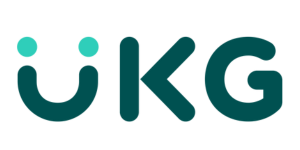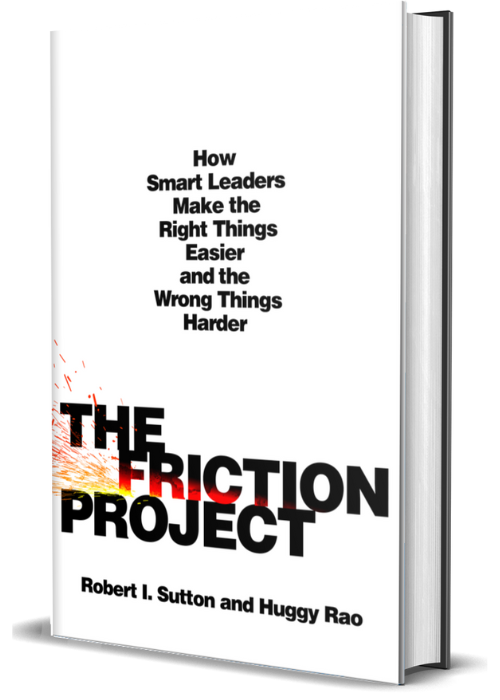Teamraderie Leadership Lab
How Great Leaders Fix Things
Transformative insights on effective leadership to fuel productivity and growth in 2024

Amy Edmondson
Professor, Author


Bob Sutton
Organizational Psychologist


Pat Wadors
Chief People Officer


Ellie Mertz
Incoming Chief Financial Officer

Take Your Team on a Journey to Improve Organizational Speed
Co-Created with Bob Sutton
As your company became more complex, it got harder to get things done. Smart leaders make the right things easier – and the wrong things harder. But it requires a different mindset for their teams.
- 00Days
- 00Hours
- 00Minutes
- 00Seconds
What You'll Take Away
Friction makes things slower, but that isn’t always a bad thing. Friction can get people to slow down and take time to think.
Using the theory of false constraints (time, money, resources) creates tension that leads to creative problem-solving. For example, in a given scenario pretend we don’t get a budget increase for the project — how do we still solve the problem effectively?
At Google, the hiring process was lengthy, often requiring 10-15 rounds of interviews. This was bad friction that was affecting both candidates and employees. It worked for the early employees but was not scalable.
The head of HR created a rule (good friction) that for any interview more than 4 rounds for a single candidate, the hiring manager had to get written permission from the head of HR.
This imposed friction to require written approval, but removed friction by shortening and streamlining the hiring process.
According to Bob, greatness comes from the nuts and bolts of organizational design.
Friction can be both a good thing and a bad thing, all dependent on the situation. However, if you’re not intentional about your processes and evaluation, friction will be bad more often than good.
One-time changes can make a long-term impact on your organization, but it’s important to have follow-through on the change to continue to improve, listen, and iterate upon the process to ensure it’s effective for everyone. Empowering managers to fix things on their specific teams will lead to greater overall team productivity and less bad friction.


—Adam Grant, #1 New York Times bestselling author of Think Again and host of the TED podcast WorkLife
Speakers

Meet Bob Sutton, renowned organizational psychologist, professor at Stanford University, and NYT best-selling author who specializes in workplace dynamics, effective leadership, and fostering innovation.

Meet Amy Edmondson, author of the Financial Times business book of the year for 2023, Right Kind of Wrong, acclaimed Harvard professor and leading expert in organizational learning and psychological safety in the workplace.
Special Guests

Meet Pat Wadors, an accomplished HR executive with an extensive background in leading HR functions at major tech companies, recognized for her expertise in talent management and culture transformation.

Meet Ellie Mertz, the incoming Chief Financial Officer at Airbnb and the company’s first female chief business officer, who oversaw the company’s successful IPO in 2020. Prior to Airbnb, she was the VP of Finance at Netflix.



